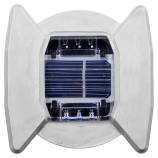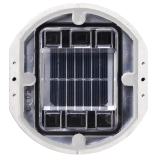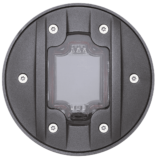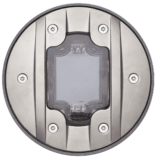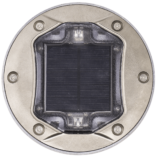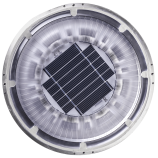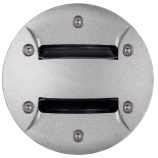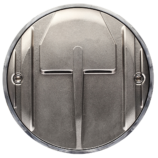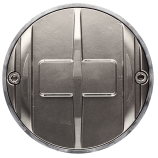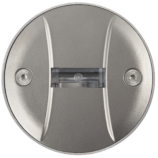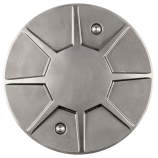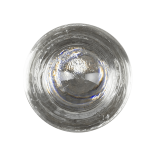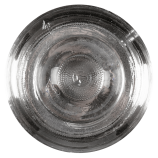Roundabouts are a very special type of intersection: made up of at least three branches, they require a clear and legible design to guide users. Their design must be intuitive for drivers to ensure optimum fluidity and safety for all. The central ring should be compact to facilitate pedestrian and cyclist traffic. Candelabras should be avoided in the centre of the ring to preserve clarity and, above all, eliminate obstacles.
Roundabout families in France
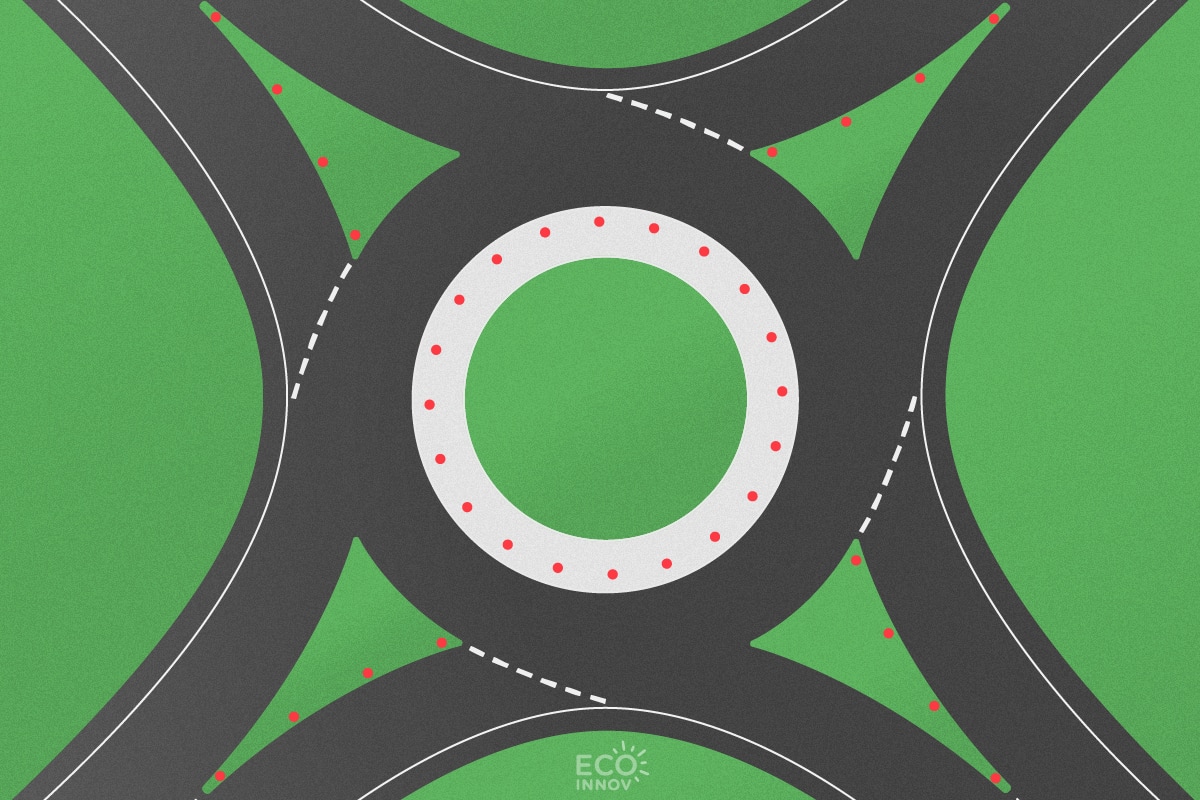
Medium and large roundabouts
Suitable for heavier traffic, these have entrances and exits of up to 2 lanes, and exceptionally 3 lanes. The geometric characteristics are adjusted accordingly.
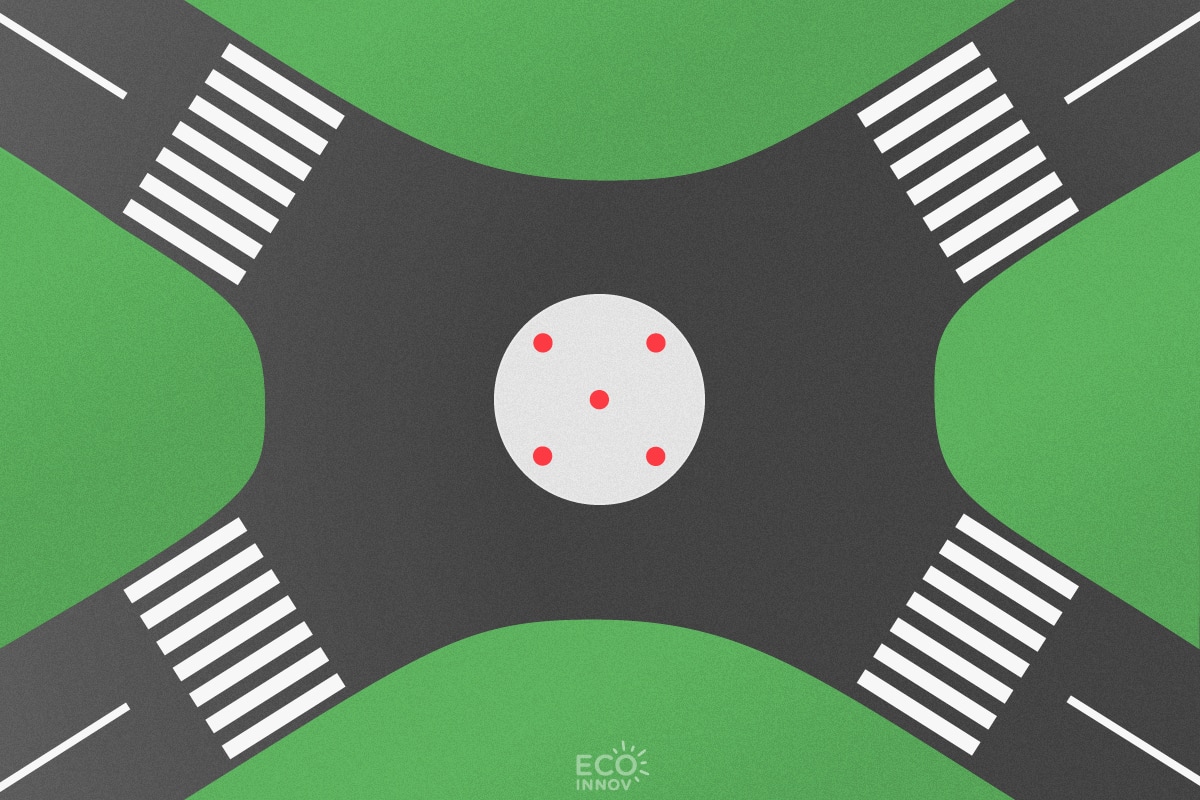
Compact urban roundabouts (mini roundabouts)
Perfectly sized for urban use, they are reserved exclusively for areas where traffic speeds are below 50 km/h. They have single-lane entrances and exits and must allow heavy vehicles to straddle the central ring. The islands are also suitable for large vehicles.
Illuminated safety signage for a roundabout
In France, the lighting of roundabouts follows specific rules to avoid loss of legibility. Candelabras in the centre are not recommended, nor are installations on the entry and exit islands. The height of the luminaires should be kept constant to ensure optimum legibility, and LED beacons are an effective option for helping to identify the layout and read trajectories.
Mini-roundabouts benefit from specific lighting, generally of the peripheral or suspended type. It is recommended to mark the intersection with a higher level of illumination on the central island and to ensure good visibility of the dome. The contrasting paintwork on the central island can be complemented by LED road studs placed all around and facing the entrances.
The use of LED road studs powered by renewable energy sources or by extra-low voltage from the electricity grid is of significant interest. These devices can improve the visibility of the central island, enhancing the perception of drivers and pedestrians and contributing to smoother, safer traffic flow. In this way, they increase safety while complying with stringent environmental requirements (notably reduced energy consumption and light pollution).
The information provided by Eco-Innov is for information purposes only and does not constitute contractual advice. Eco-Innov accepts no responsibility for the accuracy, completeness or suitability of the proposed applications. Implementation advice, recommendations, and other information presented by Eco-Innov may not reflect current or future standards. Standards may evolve, and it is the user’s responsibility to check the regulations in force and to comply with them, particularly when they are installed on roads open to public traffic.
Eco-Innov cannot be held responsible for any direct or indirect consequences resulting from the use, interpretation or implementation of the proposed solutions. The user is encouraged to consult competent professionals and to comply with the standards and regulations in force in their country or jurisdiction. Eco-Innov reserves the right to update, modify or delete any information without notice. By using the information provided by Eco-Innov, the user acknowledges having read, understood and accepted these terms. Read More
